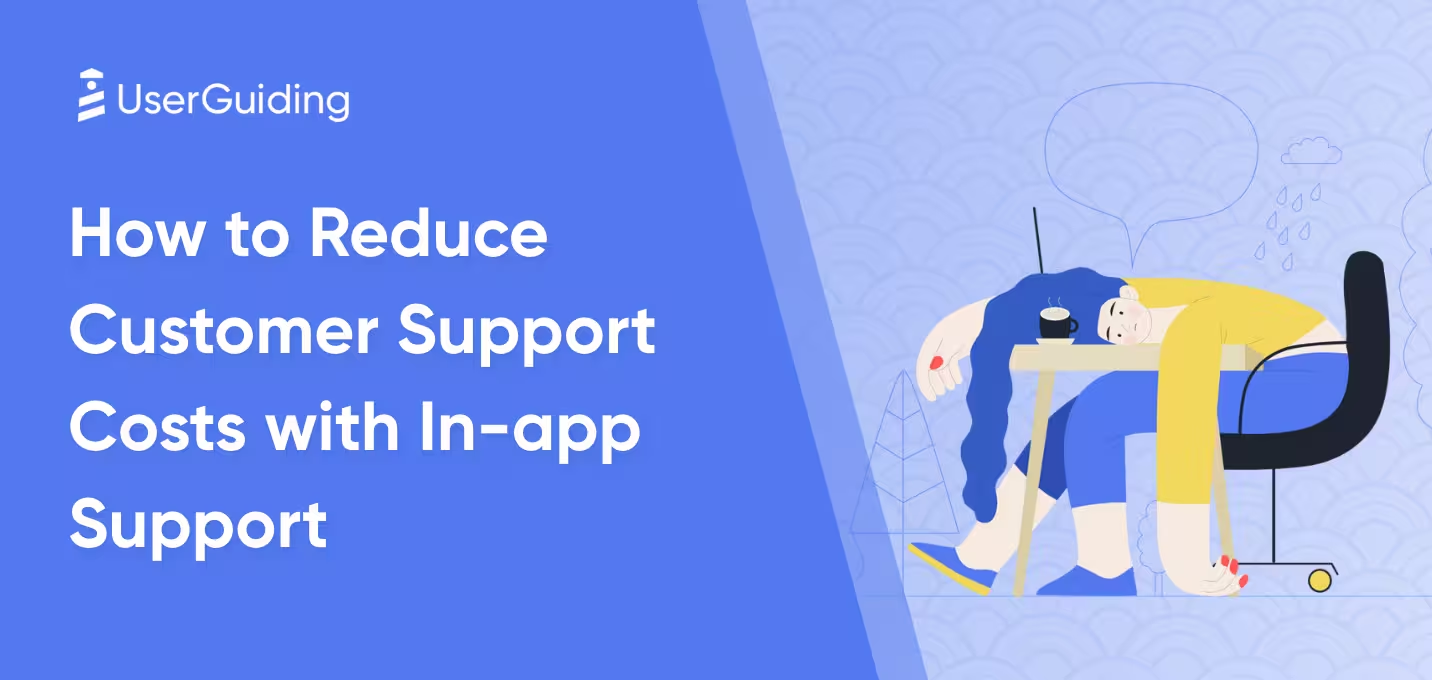

Investing time and effort into developing new features that ultimately fail to resonate with customers is disheartening.
But what if you knew which features your customers truly value and want?
Enter the Kano Model.
The Kano Model offers a structured approach to deciphering customer satisfaction and prioritizing product development efforts.
By the end of this article, you’ll have an understanding of:
- how the Kano Model works
- why it's essential for your business
- how to outline the steps to implement the model
Ready to delight your customers? Let’s go!
TL;DR
- The Kano Model helps you understand what product features customers value the most.
- It categorizes features into some text
- must-haves,
- performance,
- delighters,
- indifferent, and
- dissatisfying.
- By focusing on must-haves and delighters, you can increase customer satisfaction and loyalty.
- Prioritizing features based on these categories helps optimize resource allocation and product development.
What is the Kano Model?
The Kano Model is a framework used to understand how customer satisfaction relates to product features.
It categorizes features into different levels of importance based on customer responses. This helps you prioritize development efforts and maximize customer delight.
Where Does the Kano Model Come From?
The Kano Model gets its name from Dr. Noriaki Kano, a professor of quality management at the Tokyo University of Science.
Kano sought to understand the complex relationship between product features and customer satisfaction. He differentiates between a product's attractive, must-have, and one-dimensional qualities.
How Does the Kano Model Work?
The Kano Model works by categorizing product features based on their impact on customer satisfaction.
It involves conducting surveys where customers are asked how they would feel if a feature was present, absent, or improved.
The responses are then plotted on a graph, and features are classified into five categories.
5 Categories of Features in Kano Analysis

- Must-be (Basic): These are the fundamental features that your customers expect from you. Their absence leads to extreme dissatisfaction.
- Performance (Linear): These features directly correlate with customer satisfaction. The better they perform, the happier customers are.
- Delighters (Attractive): These unexpected features exceed customer expectations, creating delight and loyalty.
- Indifferent (Reverse): These features have little or no impact on customer satisfaction.
- Dissatisfying (Questionable): These features require further investigation to understand their impact.
Why Do You Need to Use the Kano Model?
The Kano Model is essential for your business because it:
- Prioritizes features: Helps determine which features you need to focus on based on their impact on customer satisfaction.
- Avoids wasted resources: Prevents you from investing in features that won't significantly improve customers’ experience.
- Enhances customer satisfaction: You can exceed customer expectations by identifying and delivering must-have and delightful features.
- Improves product development: Provides valuable insights into customer pain points and preferences, leading to better product design.
- Supports strategic decision-making: Helps allocate resources effectively and make informed choices about product development.
- Increases customer loyalty: You can foster long-term relationships by delivering products that meet and exceed customer expectations.
When to Use the Kano Model?
You should use the Kano Model when you’re concerned with:
Product Development
- Prioritize a long feature backlog: Determine which features will truly delight customers and which are essential to include.
- Allocate resources effectively: Focus development efforts on features that drive the most satisfaction.
- Identify potential game-changers: Discover features that could set your product apart from competitors.
Market Research
- Uncover hidden customer needs: Identify features customers didn't know they wanted.
- Gauge feature importance: Understand which features should be prioritized for better customer experience.
- Inform product roadmap: Provide data-driven insights for future product iterations and product roadmaps.
Customer Experience
- Reduce customer churn: Ensure basic needs are met to prevent dissatisfaction.
- Drive customer loyalty: Create "wow" moments with delightful features.
Pros and Cons of the Kano Model
Pros
- Focuses on customer value: Based on customer satisfaction, it prioritizes features like secure login credentials in a banking app or accurate product descriptions in an e-commerce platform.
- Optimizes resource allocation: Directs development efforts to high-impact features like faster checkout processes or improved customer support response times.
- Drives innovation: Uncovers opportunities for unexpected delights such as personalized product recommendations or augmented reality try-on experiences.
- Reduces product bloat: Prevents unnecessary features like complex user registration forms or irrelevant notifications that add cost without value.
Cons
- Relies on accurate data: The quality of insights depends on well-designed surveys, such as those measuring customer satisfaction with mobile app usability or product return policies.
- Subjective categorization: Feature classification can vary, such as determining if in-app purchases are a must-have or a delighter.
- Limited to feature evaluation: Doesn't address overall product experience or market dynamics like competitor pricing strategies.
- Static view of customer needs: Customer preferences can change rapidly, as seen with the shift from desktop computers to smartphones.
How to Apply the Kano Model in Your Workflows: Step-by-Step Guide with An Example
1. Identify Key Stakeholders: Determine who will be involved in the process. This typically includes product managers, UX designers, engineers, and market researchers.
2. Define Product or Service: Clearly outline the product or service you're analyzing. Let’s say that our product is a project management software.
3. Identify Features: Create a comprehensive list of product or service features. Our features include task management, project planning, time tracking, collaboration tools, and reporting.
4. Develop Survey Questions: Create questions that align with the Kano Model's categories. For example:

5. Conduct Surveys: Distribute the survey to a representative sample of customers.
6. Analyze Results: Plot the survey results on a Kano Model graph to categorize features.
7. Prioritize Features: Based on the categorization, prioritize features for development or improvement. Focus development on features categorized as "must-be" and "delighters." Consider removing or improving "indifferent" features.
8. Iterate and Refine: Regularly revisit the Kano Model and conduct surveys regularly to track changes in customer preferences and adjust your product roadmap accordingly.
Tips for Effective Implementation
- Involve Customers: Involve customers in the product development process to foster a sense of ownership. For example, a software company can create a beta testing program where users provide feedback on new features.
- Use Representative Samples: Select a diverse group of customers to get accurate results. When conducting a survey, you can work with potential customers to participate in focus groups.
- Combine with Other Methods: Use the Kano Model in conjunction with other research methods like usability testing, conjoint analysis, or customer journey mapping for a comprehensive understanding.
- Regularly Update: Customer needs evolve over time, so revisit the Kano Model periodically. For example, you can conduct annual Kano surveys to track changing customer preferences.
- Balance Short-term and Long-term Goals: Consider both immediate customer satisfaction and future product direction. You can first focus on core features but use Kano model insights to plan for advanced features.
Key Takeaways
The Kano Model is a powerful framework for aligning product development with customer desires.
By categorizing product features based on their impact on customer satisfaction, you can make informed decisions about resource allocation and feature prioritization.
Identifying “must-have” features will help you find what other features can delight your customers.

















.svg)
.svg)
.svg)
.svg)
.svg)

.svg)
.svg)












.svg)
.svg)




.png)















